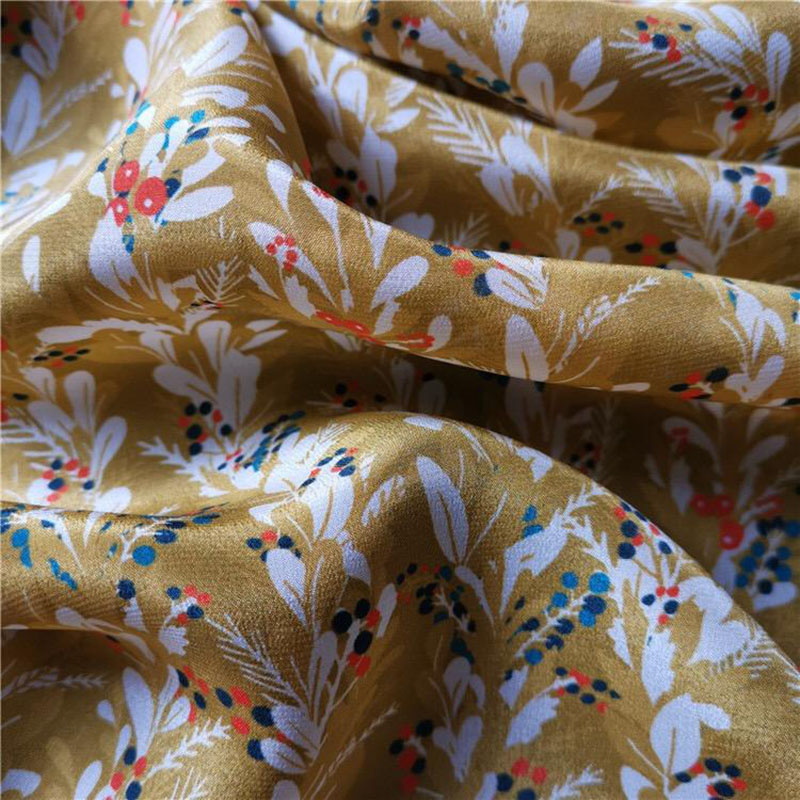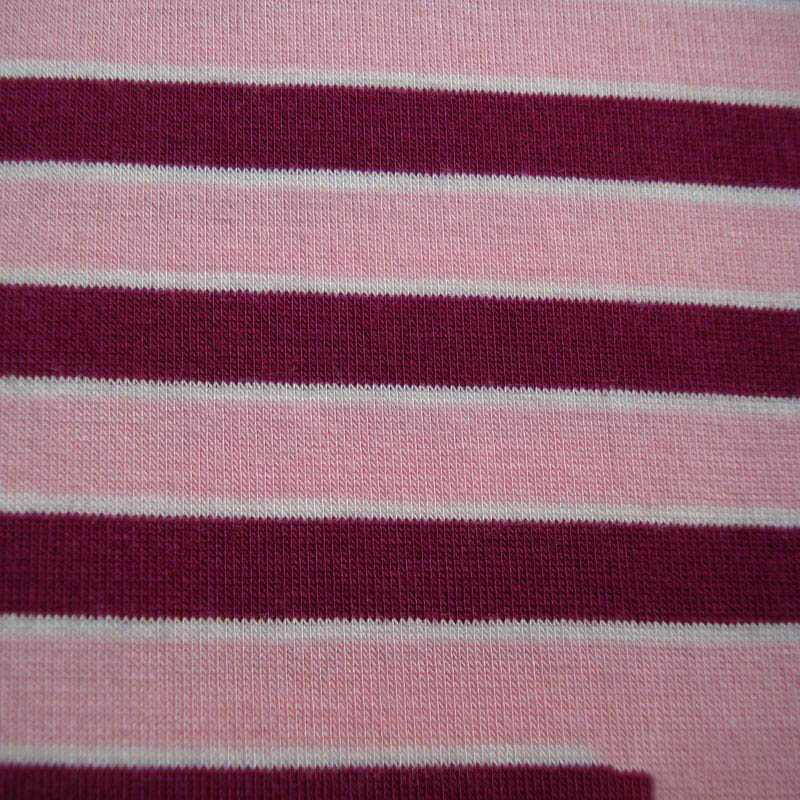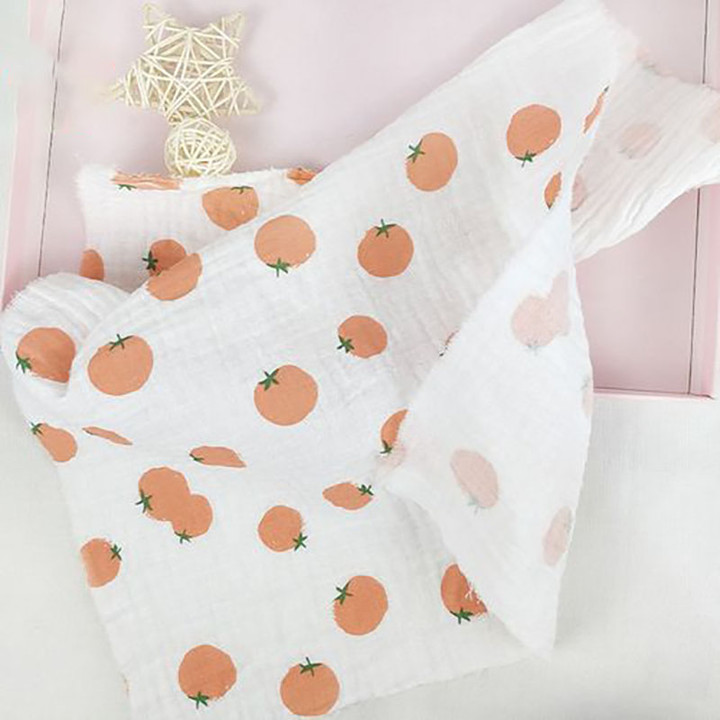In recent years, the shift towards sustainable practices has gained momentum within the textile industry. As a leader in marketing, it is crucial to understand how consumer awareness directly influences fabric choices and overall market dynamics. Through a sequential analysis, we will explore the development of eco-friendly materials and their impact in our industry.

Over the past decade, consumers have become increasingly informed about the environmental and social impacts of their purchases. This heightened awareness has led to growing demand for sustainable fabrics. In response, many textile manufacturers are now prioritizing eco-friendly practices in their production processes.

The introduction of eco-friendly materials, such as organic cotton, hemp, and recycled polyester, has not only addressed the consumers' desire for sustainable options but has also changed the market dynamics. Brand positioning in this context becomes crucial, as consumers are willing to pay a premium for products that align with their environmental values.

The trend towards sustainable fabric choices is not just a passing fad; it reflects a fundamental shift in consumer behavior and values. As a marketing leader, it is essential to stay ahead of these trends and incorporate sustainability into our strategies. By aligning business practices with consumer expectations, we create a competitive advantage that promotes sustainable growth.

The journey towards sustainability in the textile industry continues, with endless possibilities for innovation, market expansion, and improved consumer relationships.
